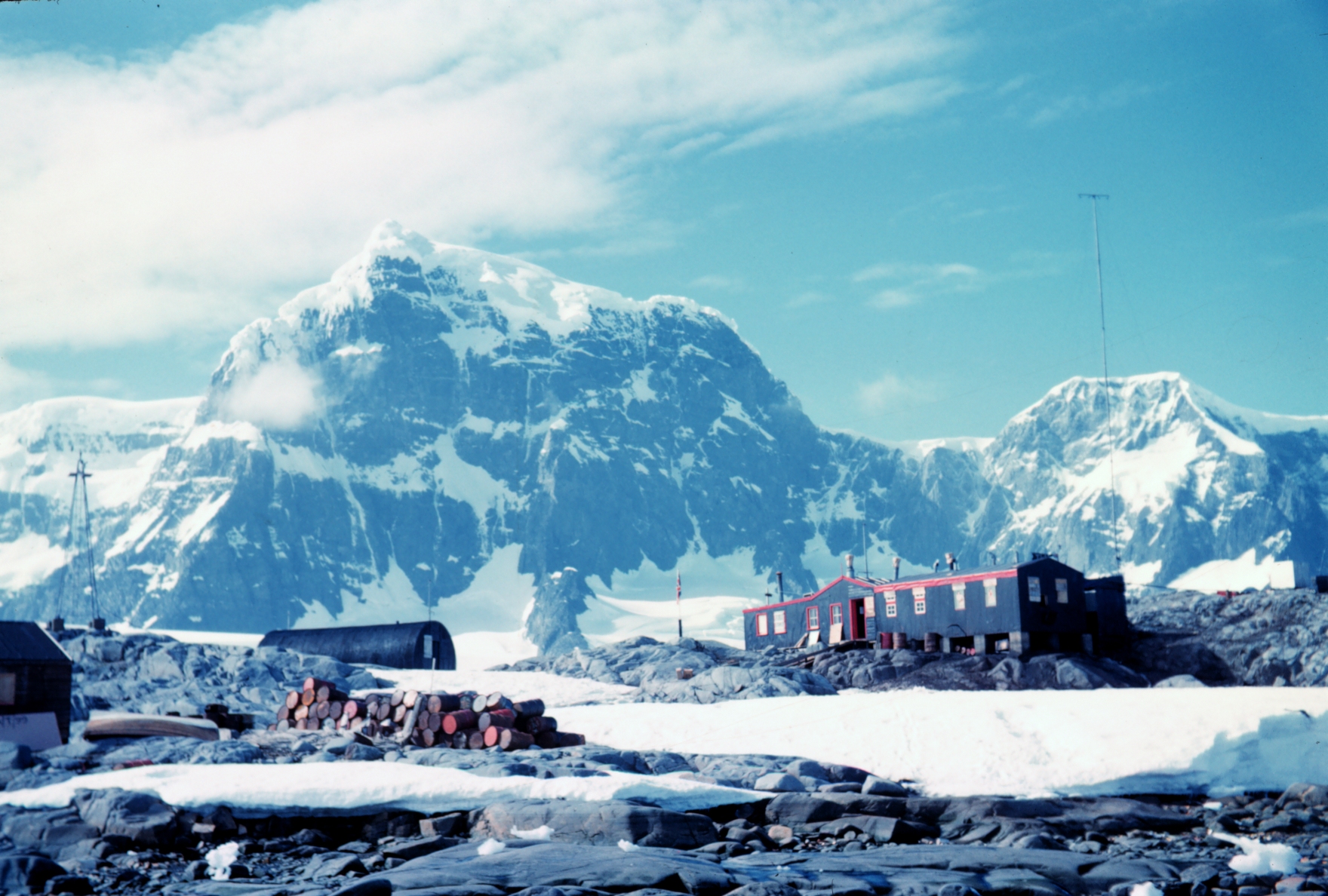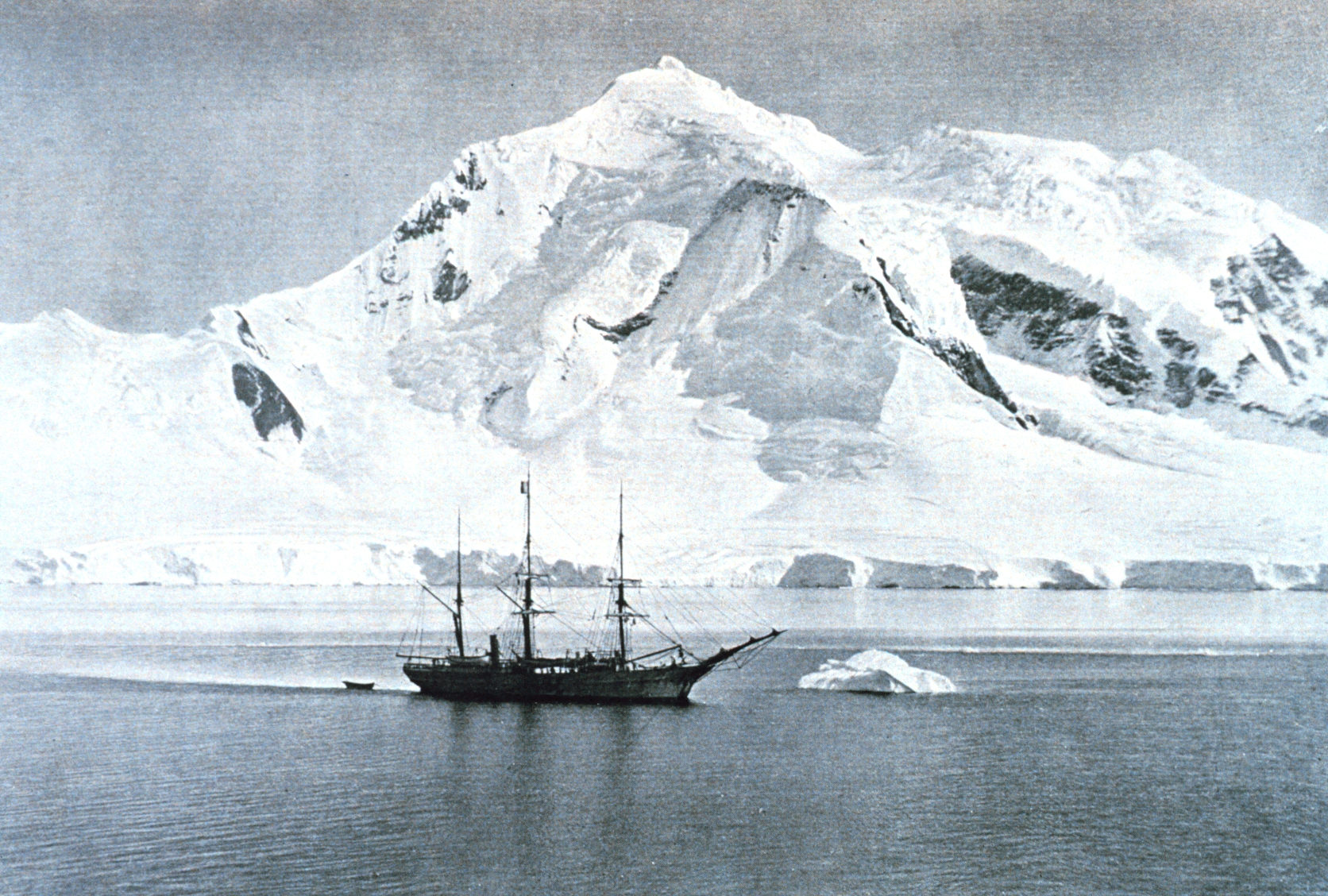|
Jabet Peak
Jabet Peak () is a peak in the Comer Range, high, which marks the southwestern end of the serrate ridge northeast of Port Lockroy, Wiencke Island, in the Palmer Archipelago, Antarctica. It was probably first sighted in 1898 by the Belgian Antarctic Expedition under Gerlache, and was first charted by the French Antarctic Expedition, 1903–05, under Jean-Baptiste Charcot, who named it for Jacques Jabet, boatswain A boatswain ( , ), bo's'n, bos'n, or bosun, also known as a deck boss, or a qualified member of the deck department, or the third hand on a fishing vessel, is the most senior Naval rating, rate of the deck department and is responsible for the ... of the expedition ship ''Français''. References Mountains of the Palmer Archipelago {{PalmerArchipelago-geo-stub ... [...More Info...] [...Related Items...] OR: [Wikipedia] [Google] [Baidu] |
Summit (topography)
A summit is a point on a surface that is higher in elevation than all points immediately adjacent to it. The topography, topographic terms acme, apex, peak (mountain peak), and zenith are synonymous. The term (mountain top) is generally used only for a mountain peak that is located at some distance from the nearest point of higher elevation. For example, a big, massive rock next to the main summit of a mountain is not considered a summit. Summits near a higher peak, with some Topographic prominence, prominence or Topographic isolation, isolation, but not reaching a certain cutoff value for the quantities, are often considered ''subsummits'' (or ''subpeaks'') of the higher peak, and are considered part of the same mountain. A pyramidal peak is an exaggerated form produced by ice erosion of a mountain top. For summits that are permanently covered in significant layers of ice, the height may be measured by the highest point of rock (rock height) or the highest point of permanent ... [...More Info...] [...Related Items...] OR: [Wikipedia] [Google] [Baidu] |
Comer Range
The Comer Range () is an Antarctican mountain range, long, running southwest to northeast and rising to 600 meters to the west of Harbour Glacier in Wiencke Island, Palmer Archipelago. From south to north the range includes Jabet Peak and Noble Peak. Named by the Advisory Committee on Antarctic Names in 2007 after Gary Comer (1927–2006), an American philanthropist and founder of the Lands' End company whose association with polar research stems from his 2001 trip through the Northwest Passage in the vessel ''Turmoil''. The ease of his passage in comparison to that of numerous experienced sailors previously convinced him that climate change was occurring. To research the issue Comer contacted distinguished scientists Wallace S. Broecker, Lamont-Doherty Geological Observatory, and F. Sherwood Rowland, University of California, Irvine The University of California, Irvine (UCI or UC Irvine) is a Public university, public Land-grant university, land-grant research universi ... [...More Info...] [...Related Items...] OR: [Wikipedia] [Google] [Baidu] |
Port Lockroy
Port Lockroy is a bay forming a natural harbour on the north-western shore of Wiencke Island in the Palmer Archipelago to the west of the Antarctic Peninsula. The Antarctic base with the same name, situated on Goudier Island in this bay, includes the most southerly operational post office in the world. The base was left unstaffed from 2020 to 2022 due to the COVID-19 pandemic, though the museum house remained open to individual visits. On 4 October 2022 it was announced that a team of four women had been chosen to return to open the base for the summer 2022/23 season. History The bay was discovered in 1904 and named after Edouard Lockroy, a French politician and Vice President of the Chamber of Deputies, who assisted Jean-Baptiste Charcot in obtaining government funding for his French Antarctic Expedition. The harbour was used for whaling between 1911 and 1931. During World War II, the British military Operation Tabarin established the Port Lockroy Station A on tiny Goudie ... [...More Info...] [...Related Items...] OR: [Wikipedia] [Google] [Baidu] |
Wiencke Island
Wiencke Island is an island long and from wide, about in area, the southernmost of the major islands of the Palmer Archipelago, lying between Anvers Island to its north across the Neumayer Channel and the west coast of the Antarctic Peninsula to its east across the Gerlache Strait. Description The rocky island is mostly covered by glaciers, snow and ice. Some small rocky beaches lie on the western and northern sides of the island. There, some grasses, moss and lichens can be found. There are three mountain ridges, with Nemo Peak, high, to the north-west; Nipple Peak to the north-east; and Luigi Peak, high, to the south-west. Luigi Peak is the island's summit, despite it never having been completely surveyed. Wiencke's northernmost point is Cape Astrup, a bold, dark-colored bluff discovered by the Belgian Antarctic Expedition, 1897–99. It was named by Adrien de Gerlache for Eivind Astrup, Norwegian Arctic explorer and member of Robert Peary's expeditions to G ... [...More Info...] [...Related Items...] OR: [Wikipedia] [Google] [Baidu] |
Palmer Archipelago
Palmer Archipelago, also known as Antarctic Archipelago, Archipiélago Palmer, Antarktiske Arkipel or Palmer Inseln, is a group of islands off the northwestern coast of the Antarctic Peninsula. It extends from Tower Island in the north to Anvers Island in the south. It is separated by the Gerlache Strait, Gerlache and Bismarck Strait, Bismarck straits from the Antarctic Peninsula and Wilhelm Archipelago, respectively. The archipelago is in the British Antarctic Territory, British, Chilean Antarctic Territory, Chilean, and Argentine Antarctica, Argentine Claims. Palmer Archipelago is located at . History Adrien de Gerlache, leader of the Belgian Antarctic Expedition (1897–1899), discovered the archipelago in 1898. He named it Archipelago Palmer for American Captain Nathaniel Palmer, who navigated these waters in 1820. Both Argentina and the United Kingdom have operated research stations there. Islands The archipelago includes: Gallery File:Gerlache Strait.png, Map of Ger ... [...More Info...] [...Related Items...] OR: [Wikipedia] [Google] [Baidu] |
Belgian Antarctic Expedition
The Belgian Antarctic Expedition of 1897–1899 was the first expedition to winter in the Antarctic region. Led by Adrien de Gerlache de Gomery aboard the RV ''Belgica'', it was the first Belgian Antarctic expedition and is considered the first expedition of the Heroic Age of Antarctic Exploration. Among its members were Frederick Cook and Roald Amundsen, explorers who would later attempt the respective conquests of the North Pole. Preparation and surveying In 1896, after a period of intensive lobbying, Adrien Victor Joseph de Gerlache de Gomery purchased the Norwegian-built whaling ship ''Patria'', which, following an extensive refit, he renamed . Gerlache had worked together with the Geographical Society of Brussels to organize a national subscription, but was able to outfit his expedition only after the Belgian government voted in favor of two large subsidies, making it a state-supported undertaking. With a multinational crew that included Roald Amundsen from Norway ... [...More Info...] [...Related Items...] OR: [Wikipedia] [Google] [Baidu] |
Gerlache
Baron Adrien Victor Joseph de Gerlache de Gomery (; 2 August 1866 – 4 December 1934) was a Belgian officer in the Belgian Royal Navy who led the Belgian Antarctic Expedition of 1897–99. Early years Born in Hasselt in eastern Belgium as the son of an army officer, de Gerlache was educated in Brussels. From a young age, he was deeply attracted by the sea, and made three voyages in 1883 and 1884 to the United States as a cabin boy on an ocean liner. He studied engineering at the Free University of Brussels. After finishing his third year in 1885, he quit the university and joined the Belgian Navy on 19 January 1886. After graduating from the nautical college of Ostend he worked on fishery protection vessels as second and third lieutenant. In October 1887 he signed on as a seaman on the ''Craigie Burn'', an English ship, for a voyage to San Francisco, but the ship failed to round Cape Horn and was sold for scrap in Montevideo. He returned to Europe after spending time in ... [...More Info...] [...Related Items...] OR: [Wikipedia] [Google] [Baidu] |
French Antarctic Expedition, 1903–05
The French Antarctic Expedition is any of several French expeditions in Antarctica. 1837–1840 In 1837, during an 1837–1840 expedition across the deep southern hemisphere, Captain Jules Dumont d'Urville sailed his ship ''Astrolabe'' along a coastal area of Antarctica which he later named Adélie Land, in honor of his wife. During the Antarctic part of this expedition, Dumont d'Urville team performed the first experiments to determine the approximate position of the South magnetic pole, and landed on Débarquement Rock in the Géologie Archipelago, () just 4 km from the mainland, where he took mineral and animal samples. On his return to France in 1840 he was made rear admiral. 1904–1907 Jean-Baptiste Charcot was appointed leader of a 1904–1907 French Antarctic Expedition, aboard the ship ''Français'', exploring the west coast of Graham Land portion of the Antarctic Peninsula. The expedition reached Adelaide Island in 1905 and took pictures of the Palmer ... [...More Info...] [...Related Items...] OR: [Wikipedia] [Google] [Baidu] |
Jean-Baptiste Charcot
Jean-Baptiste Étienne Auguste Charcot, better known in France as Commandant Charcot, (15 July 1867 in Neuilly-sur-Seine near Paris – 16 September 1936 at sea (30 miles north-west of Reykjavik, Iceland), was a French scientist, medical doctor and polar scientist. His father was the neurologist Jean-Martin Charcot (1825–1893). As a sportsman, he was French rugby XV champion in 1896 and also won a double silver medal in sailing at the 1900 Summer Olympics. Life Jean-Baptiste Charcot was appointed leader of the French Antarctic Expedition with the ship ''Français'' exploring the west coast of Graham Land from 1904 until 1907. The expedition reached Adelaide Island in 1905 and took pictures of the Palmer Archipelago and Loubet Coast. From 1908 until 1910, another expedition followed with the ship '' Pourquoi Pas ?'', exploring the Bellingshausen Sea and the Amundsen Sea and discovering Loubet Land, Marguerite Bay, Mount Boland and Charcot Island, which was named after his ... [...More Info...] [...Related Items...] OR: [Wikipedia] [Google] [Baidu] |
Jacques Jabet
Jacques or Jacq are believed to originate from the Middle Ages in the historic northwest Brittany region in France, and have since spread around the world over the centuries. To date, there are over one hundred identified noble families related to the surname by the Nobility & Gentry of Great Britain & Ireland. Origins The origin of this surname comes from the Latin ' Iacobus', associated with the biblical patriarch Jacob. Ancient history A French knight returning from the Crusades in the Holy Lands probably adopted the surname from "Saint Jacques" (or "James the Greater"). James the Greater was one of Jesus' Twelve Apostles, and is believed to be the first martyred apostle. Being endowed with this surname was an honor at the time and it is likely that the Church allowed it because of acts during the Crusades. Indeed, at this time, the use of biblical, Christian, or Hebrew names and surnames became very popular, and entered the European lexicon. Robert J., a Knight Crusader ... [...More Info...] [...Related Items...] OR: [Wikipedia] [Google] [Baidu] |
Boatswain
A boatswain ( , ), bo's'n, bos'n, or bosun, also known as a deck boss, or a qualified member of the deck department, or the third hand on a fishing vessel, is the most senior Naval rating, rate of the deck department and is responsible for the components of a ship's Hull (watercraft), hull. The boatswain supervises the other members of the ship's deck department, and typically is not a watchstanding, watchstander, except on vessels with small crews. Additional duties vary depending upon ship, crew, and circumstances. History The word ''boatswain'' has been in the English language since approximately 1450. It is derived from late Old English language, Old English ''batswegen'', from ''bat'' (''boat'') concatenated with Old Norse language, Old Norse ''sveinn'' (''wikt:swain, swain''), meaning a young man, apprentice, a follower, Retinue, retainer or Servant (domestic), servant. Directly translated to modern Norwegian it would be ''båtsvenn'', while the actual crew title in Norwe ... [...More Info...] [...Related Items...] OR: [Wikipedia] [Google] [Baidu] |




